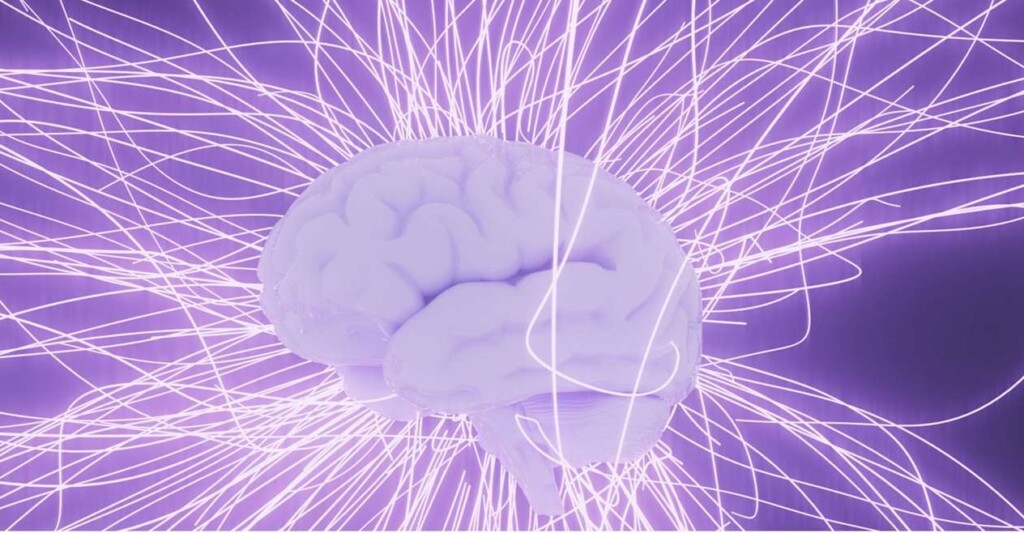
An international team of neurosurgeons and organ transplant specialists recently discovered that a brain can be resuscitated 50 minutes after being removed from the body if it is connected to a liver.
It was a bit of a gruesome experiment, but the results could be key to improving common resuscitation methods for ischemic heart attacks, one of the most common causes of death worldwide.
Typically, a brain can survive in an ischemic state for no more than 5 to 8 minutes. In a cardiac arrest model, when blood does not reach the brain, first responders have only minutes to act because the brain relies heavily on oxygenated blood. Without it, neurons can die by the time an ambulance arrives.
Even in cases where victims of ischemic cardiac arrest are resuscitated, the minutes without oxygen can lead to serious brain damage.
Researchers at the First Affiliated Hospital of Sun Yat-sen University in Guangzhou used a life support system to try to restore neuronal activities in the pigs’ brains 50 minutes after they were removed from the body.
The objective was to test the conditions under which this 5 to 8 minute window could be extended.
The following report contains descriptions of a somewhat bloody procedure on an animal that some readers may find distressing, and therefore discretion is advised.
Elderly pigs already ready to be put to sleep have had their brains and livers removed and connected to an artificial heart and lungs by a German/Cleveland/Chinese study team.
The researchers called their approach “ex vivo brain maintenance technology,” in other words, a system by which if a person’s heart fails, their brain is kept alive on an artificial brain sufficiently long for a heart transplant to take place, a situation that can occur. to someone waiting for a transplant.
MORE SEARCHES LIKE THIS: New technology revives ‘unusable’ organs: 10 successful transplants used normally discarded kidneys
They called the specific procedure they performed on the pig “liver-assisted cerebral normothermic perfusion (LBP).” They found that connecting the liver to the artificial heart significantly improved the condition of the brain after resuscitation, increased the activity of the cortex and increased neuron survival rates.
Brain waves returned 50 minutes after removal from the body in brains treated with NMP with the liver, compared to those without.
According to China’s official Xinhua news agency, this study is the first to reveal the crucial role of the liver in repairing brain damage after cardiac arrest.
AT THE CUT: Titanium Maglev heart successfully implanted in first-time patient could help others waiting for transplants
An analysis revealed that the mechanism responsible for this phenomenon may be the liver’s crucial role as a producer of ketones in the body, a key nutrient for brain metabolism produced in the liver from the oxidation of fats.
“The ex vivo liver-assisted brain NMP model provides a unique platform to further study the maximal ischemic tolerance of the brain and the roles of other organs in post-CA brain injury,” He Xiaoshun wrote in a corresponding article on the discovery, who also told Xinhua that their work would help improve or at least better inform transplant and heart attack medicine.
SHARE this story with your friends who love modern medicine…